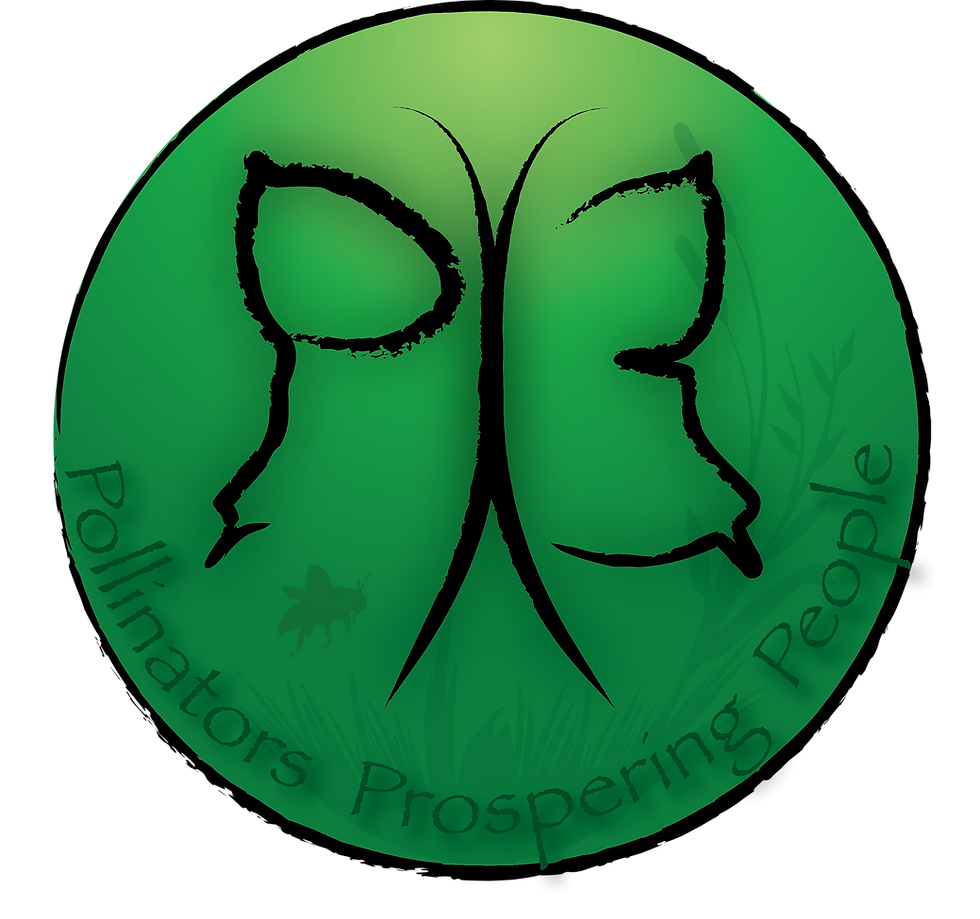Hummingbird Habitat in Your Yard: Lindsay Hollister
- PX3 Team

- Jun 23, 2020
- 3 min read
Video: Pollinator Paparazzi, Executive Director's home in Wyoming
Of the 1000 or so non-insect pollinators, hummingbirds top the list as a backyard delight. If you don’t have hummingbirds in your yard, and want to attract them, always keep the basics in mind: food, water, and shelter. Recently, Garth Clifford reached out to us to share his article, 12 Tips on How to Attract Hummingbirds to Your Yard. He has great advice on feeder selection and maintenance. Below are PX3’s favorite habitat recommendations from his article:
Shelter: Encourage nesting in your yard
Hummingbird nests are often built near a ready supply of nectar and other food. Encourage hummingbirds to nest in your yard by providing them lots of their favorite options. They prefer small deciduous trees and dense shrubs to build nests and raise their family.
They construct their delicate nests on small horizontal surfaces, often using delicate materials such as lichens or spider webs. Unlike many other backyard birds, they will not use birdhouses or nesting boxes. Instead, they build their double-lined, cup-shaped nests in trees and shrubs. Bolder birds may build their nests along wires, clotheslines, or poles.
Providing safety for your hummingbird friends in the form of shelter and native plants is key to attracting them to your yard. Birders can also supply suitable nesting materials, including fine natural cotton and animal fur, to further attract nesting birds.
Food: Nurture beneficial insects in the yard
While most people only know these birds for their sweet tooth or tongue in the hummingbird’s case, they also eat a large number of insects, including spiders.
This essential protein source is especially critical during the nesting season when young hummingbirds need it the most for proper growth. Avoid pesticides or insecticides since this kills a significant source of potential food for your hummingbirds.
In addition, choose flowering plants that are attractive to insects to provide a good natural food source for your birds. Spiders are particularly beneficial since they not only provide essential protein, but their cobwebs can provide a natural trap to catch other insects for hummingbirds to pluck.
Many birders “hide” rotting banana peels in their garden to set a natural fruit fly trap for their hummingbirds.
Water: Create a ‘hummingbird waterfall’
Like all birds, hummingbirds like to bathe, but you won’t find them at a traditional bird bath. These delicate birds prefer moving water or a much shallower source such as a mister or sprinkler for their delicate feathers.
Birders who provide water sources such as sprinklers, fountains, waterfalls, misters, and drippers will be rewarded with unique views of these remarkable tiny birds bathing and preening.
Food: Lure hummingbirds with the right plants
To maintain their supercharged metabolism, hummingbirds need to feed every 10 to 15 minutes just to survive. This means visiting between 1000 and 2000 flowers per day, so fill your yard with native flowering plants, vines, shrubs, and trees to attract more birds to your yard.
Some of the most common hummingbird attracting plants include bee balm, honeysuckle, cardinal flower, sage, and Mandevilla.
Regional lists of bird-friendly native plants for your area can be found online as well as utilizing local resources. Native plants are not only healthier for the environment, but provide much more nectar than hybrids or exotics.
Group similar plants together and choose species with different blooming periods so that there will always be a steady supply of flowers. Encourage neighbors to make their yards hummingbird friendly as well; even one plant in a window box or hanging basket can help.
Shelter: Keep the spider webs
Although you may not like them, fostering spiders will encourage hummingbirds to nest near your yard. Not only do their webs provide natural traps to catch other insects, providing a source of much-needed protein for the hummingbirds, they also use them to construct their expandable nests.
Hummingbird’s delicate nests are constructed of small bits of mosses and lichens, with strands of spider web hold the nest together and to the branch, it’s built upon.
They use the spider silk as threads to both bind their nests and anchor them to their foundation. Keep the cobwebs in your yard to provide this integral building material for nesting hummingbirds.
.png)






コメント